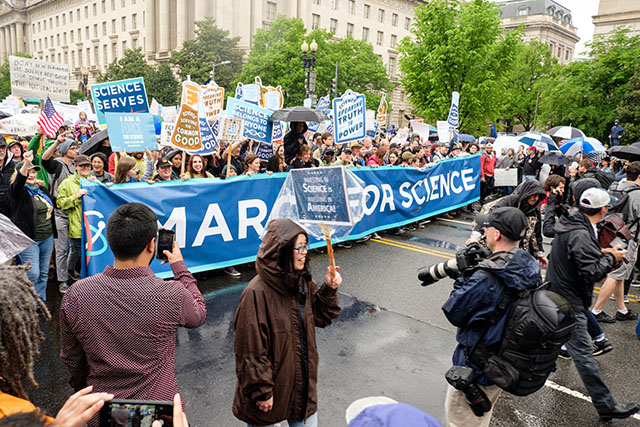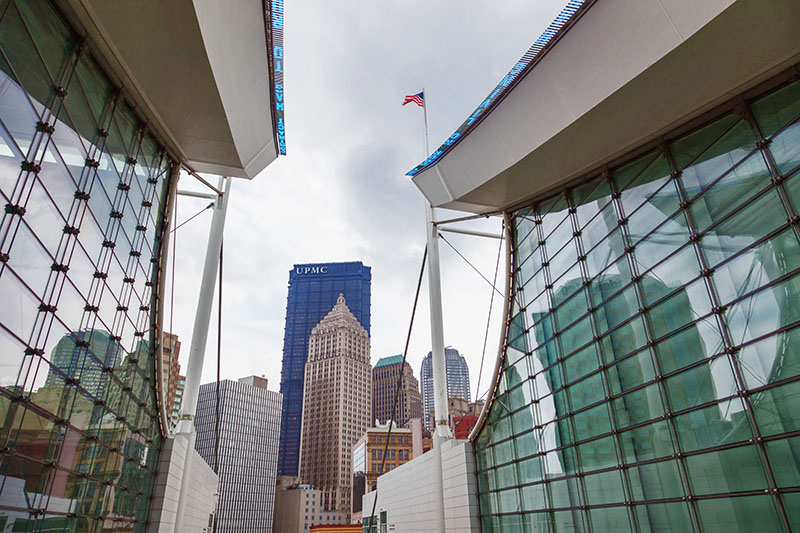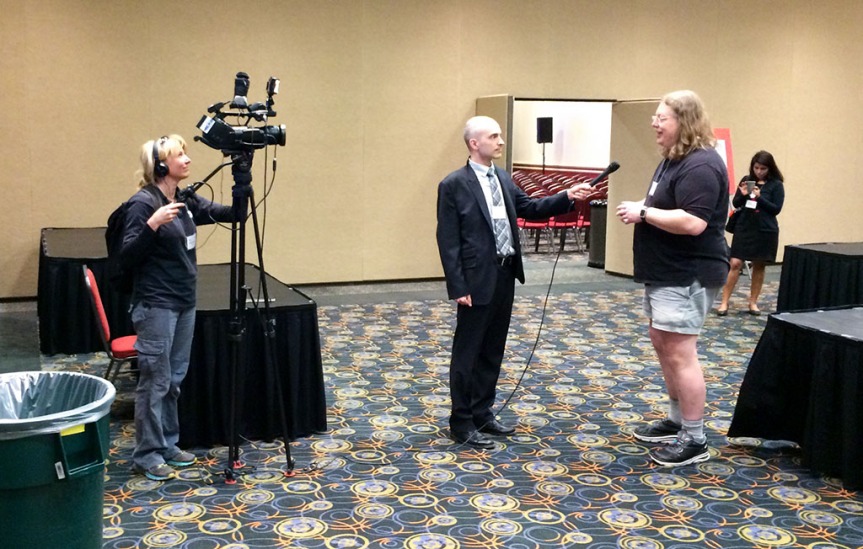According to the Concise Oxford English Dictionary (COD, 11th ed., 2004), “An acronym is a word formed from the initial letters of other words”. Here are some well-known examples.
- AIDS: acquired immune deficiency syndrome,
- laser: light amplification by stimulated emission of radiation,
- radar: radio detection and ranging,
- scuba: self-contained underwater breathing apparatus,
- snafu: situation normal all fouled up,
- sonar: sound navigation and ranging,
- UNESCO: United Nations Educational, Scientific, and Cultural Organization,
- WYSIWYG: what you see is what you get.
There is even a recursive acronym, GNU, standing for “GNU’s not Unix”.
On close inspection, the OED definition is imprecise in two respects. First, can we take more than one letter from each word? The definition doesn’t say, but the examples radar and sonar make it clear that we can. Second, do we have to take the initial letters from the words in their original order. This is clearly the accepted meaning. Merriam Webster’s Collegiate Dictionary (10th ed., 1993) provides a more precise definition that covers both points, by saying “formed from the initial letter or letters of each of the successive parts or major parts of a compound term”.
In common with many fields, applied mathematics has a lot of acronyms. It also has a good number of the most elegant of acronyms: those that take exactly one letter from each word, such as
- BLAS: basic linear algebra subprograms,
- DCT: discrete cosine transform,
- FSAL: first same as last,
- MIMO: multi-input multi-output,
- NaN: not a number,
- PDE: partial differential equation,
- SIRK: singly-implicit Runge-Kutta,
- SVD: singular value decomposition.
New acronyms are regularly formed in research papers. Non-native speakers are advised to be careful in doing so, as their constructions may have unsuspected meanings. The authors of this article in Chemical Communcations managed to get two exceptionally inappropriate acronyms into print, and one wonders how these escaped the referees and editor.
Another question left open by the definitions mentioned above is whether an acronym has to be pronounceable. The big Oxford English Dictionary (3rd ed., 2015) lists two meanings, which allow an acronym to be pronounceable or unpronounceable. The New York Times Manual of Style and Usage (5th ed., 2015) says “unless pronounced as a word, an abbreviation is not an acronym”, while the Style Guide of The Economist (11th ed., 2015) also requires pronounceability, as do various other references.
Apart from SIAM (Society for Industrial and Applied Mathematics), not many mathematics societies have pronounceable acronyms. In the “pronounced by letter” camp we have, for example,
- AMS: American Mathematical Society
- AWM: Association for Women in Mathematics
- EMS: European Mathematical Society
- IMA: Institute of Mathematics and its Applications
- IMU: International Mathematical Union
- LMS: London Mathematical Society
- MAA: Mathematical Association of America
- MPS: Mathematical Programming Society
SIAM’s founders chose well when they named the society in 1952! Indeed the letters S, I, A, M have proved popular, forming in a different order the acronyms of the more recent bodies SMAI (La Société de Mathématiques Appliquées et Industrielles) and AIMS (the African Institute for Mathematical Sciences).
A situation where (near) acronyms are particularly prevalent is in research proposals, where a catchy acronym in the title is often felt to be an advantage. I suspect that in many cases the title is chosen to fit the acronym. Indeed there is now a word to describe this practice. In 2015 the OED added the word backronym (first occurrence in 1983), which refers to “a contrived explanation of an existing word’s origin, positing it as an acronym”. One backronym is “SOS”; see Wikipedia and this article by John Cook for more examples.
The Acronym Finder website does a good job of finding the meaning of an acronym, often returning multiple results. For SIAM it produces 17 definitions, of which the “top hit” is the expected one—and at least one is rather unexpected!




 Elizabeth Greenspan and Bruce Bailey looked after the SIAM stand:
Elizabeth Greenspan and Bruce Bailey looked after the SIAM stand:  If you are interested in writing a book or SIAM, Elizabeth would love to hear from you!
If you are interested in writing a book or SIAM, Elizabeth would love to hear from you! (For more photos, see
(For more photos, see  Here is Sarah Knepper of Intel speaking in the
Here is Sarah Knepper of Intel speaking in the  Torrential rain one night forced me to take shelter on the way back from dinner, allowing a moment to capture this image of Peach Tree Street.
Torrential rain one night forced me to take shelter on the way back from dinner, allowing a moment to capture this image of Peach Tree Street. 
 I caught the March for Science on the same day:
I caught the March for Science on the same day: 

 Emily Shuckburgh gave the I.E. Block Community Lecture “From Flatland to Our Land: A Mathematician’s Journey through Our Changing Planet”:
Emily Shuckburgh gave the I.E. Block Community Lecture “From Flatland to Our Land: A Mathematician’s Journey through Our Changing Planet”: 
 Here are Des and I on the Roberto Clemente bridge over the Allegheny River, the evening before the conference started:
Here are Des and I on the Roberto Clemente bridge over the Allegheny River, the evening before the conference started: 





















 I rarely take wildlife photographs, not least due to lack of time, but occasionally an opportunity presents itself. The next image was captured just two blocks from the conference hotel, thanks to an unusually tame buzzard who was happy to pose for my camera.
I rarely take wildlife photographs, not least due to lack of time, but occasionally an opportunity presents itself. The next image was captured just two blocks from the conference hotel, thanks to an unusually tame buzzard who was happy to pose for my camera. 

